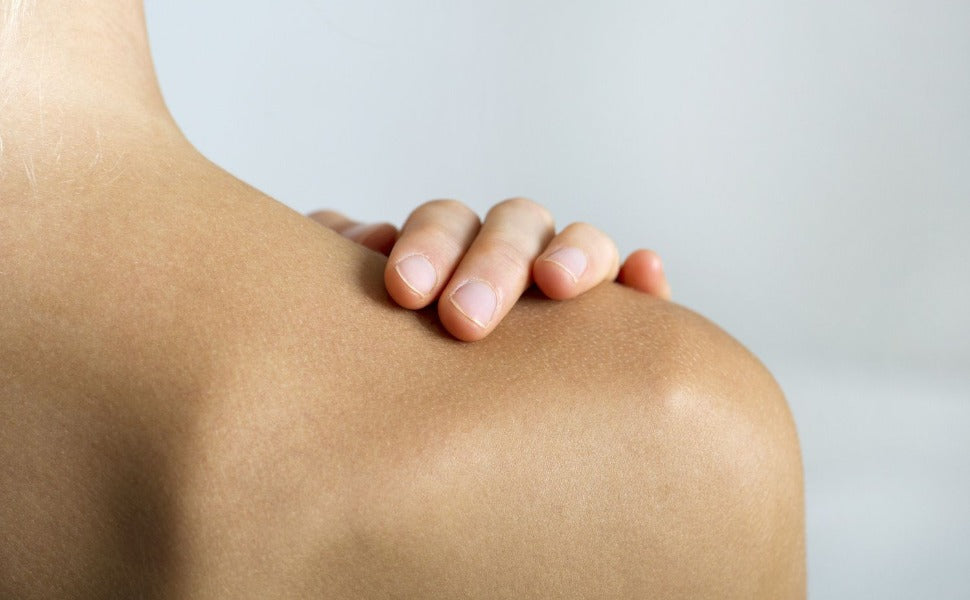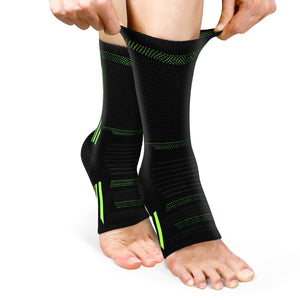Does a Orthopedic Shoulder Brace Help an Ac Joint

can help reduce pain and promote healing by stabilizing the shoulder joint and limiting its range of motion. Wearing a brace in the early stages of AC joint injury can effectively protect the joint, reduce the risk of reinjury, and aid in restoring proper shoulder posture.
What Is AC Joint
The AC joint is the joint between the . It is located at the top of the shoulder, where the acromion of the scapula meets the end of the clavicle. This AC joint facilitates more movement of the shoulder compared to other joints while it connects the bones of the upper limb in order to provide certain significant support for shoulder stability. While performing daily activities or playing sports, great stress falls on the AC joint, particularly in the time of lifting or rotations.
Common causes of AC joint injuries include falls, sudden impact, overuse, and strain. Symptoms of injury include pain, swelling, and inability to move the shoulder comfortably. Sprains, ligament tears, and dislocation are some common forms of AC joint injury. If not treated early, resultant conditions may lead to chronic pain or long-term effects in movement.
Why Use a Brace
A will be very important during recovery after injury of the AC joint. It may help to limit excessive shoulder motion and decrease loading of the joint. In cases of AC joint injury, especially in the acute phase of injury, the brace effectively immobilizes the shoulder, preventing reinjury. The brace helps reduce pain by keeping the joint stable and relieving stress from surrounding muscles and tissues. More importantly, this is important for those people who always work with their shoulders: athletes, fitness enthusiasts, and workers lifting heavy weights.
The brace also provides mild compression, which promotes blood flow, reduces swelling and inflammation, and accelerates the healing process. For those individuals who need to return to normal shoulder function, this brace will make it possible to return to daily activities or sports as soon as possible. In brief, a shoulder brace not only stabilizes the AC joint but also offers protection and support during the period of recovery.

Types of Shoulder Braces
Shoulder braces can be categorized based on different functions and designs, primarily into double shoulder braces and single shoulder braces.
: A double shoulder brace covers both shoulders and is intended for persons needing full protection and support for their shoulders. This generally comes into use when posture needs correction or a person requires stabilizing the entire shoulder girdle. These could include office workers who have poor sitting posture or individuals with problems in the shoulder and neck area. The even pressure keeps both shoulders down in a more natural position, reducing stress on the AC joint and overall shoulder pressure. Support for the whole shoulder area reduces the load on shoulders, offering comprehensive joint protection during recovery.
: Single shoulder braces focus on one injured shoulder. It serves those people suffering from one-sided shoulder injuries or specific problems of the shoulder joint, which can be either AC joint dislocation, tendon tears, or shoulder sprains. These single shoulder braces apply targeted protection and fixed support functions for keeping the shoulder in proper positioning to avoid further injury. Some single-shoulder brace models come with adjustable straps that enable the users to adjust their support intensity and fixation position.
How It Helps AC Joint
In general, recovery from an AC joint injury with the use of a shoulder brace is facilitated in various ways. First, it limits the joint's range of motion and reduces stress on the injured area. Most AC joint injuries, especially those related to ligament tears or dislocations, heal better in a very stable environment. By bracing the shoulder in a specific position, the brace prevents further unwanted disturbance of the joint during healing and, therefore, hastens the process. Its stabilizing function helps improve posture and gradually returns the shoulder to its normal state for those needing shoulder correction.
It can also be used to immobilize the injured area and reduce pain. Immediately after an injury to the AC joint, inflammation usually occurs and is very painful with significant swelling of the affected area. The mild compression from the brace helps in reducing the inflammation, thus easing the pain. It further allows extra support while moving, hence easing the work of the shoulder. The supportive function of the brace in the early stages of recovery enables the patient to carry out daily activities with more comfort as there would not be much worry about reinjury.
This brace also contributes to muscle memory. Injuries to the AC joint lead to overcompensation by the surrounding muscles and ligaments due to overuse or wrong posture. A brace helps in maintaining a correct posture in the shoulder, hence allowing shoulder muscles to get proper training and recovery. This speeds up the recovery and reduces the chance of future injuries.
Choosing the Right Brace
The right choice of shoulder braces is very important for recovery, and that's why choosing a brace according to needs is considered important. You can wear a lightweight brace that gives some support, without restricting too much, if you just need extra support and not the complete immobilization of the shoulder. In cases of severe AC joint injuries, it may be advisable to choose a brace with stronger fixation.
The other important thing is the material of the brace: a good-quality one should allow breathing, be comfortable, hypoallergenic to avoid irritation after long use. Its size and tightness should not be too large or too small; since a loose one cannot perform the role of the brace, an overly tight one can impede blood circulation. The best for serious cases of AC joint injury is a brace with adjustable shoulder straps for fine-tuning according to the situation.
It's also about brand and quality. High-quality shoulder braces tend to feature very durable materials and user-friendly designs, thus providing effective support for a long period. Most of them are equipped with hot or cold therapy options, which are quite useful in and recovery afterward. Therefore, it would be good if one had consulted with a doctor or any professional before buying, so that through this consultation the chosen brace would bring benefit on the way to recovery from an AC joint.
Wearing Tips
Proper use of a shoulder brace enhances results after recovery. The shoulder, together with the skin around, should be clean and dry before putting on the brace. Never wear the brace directly on top of your wound or skin problem to prevent infection or discomfort during wear. When putting it on, follow the instructions provided for adjusting the tightness of the strap to keep the shoulder in place without putting too much pressure. The brace should be tightened moderately; too loose will fail to support, while too tight could restrict the flow of blood.
Wearing time should be reasonably controlled: the braces should be worn longer to stabilize the joint in the early stage of recovery and then gradually reduced at some point after the recovery so that the shoulder can adapt to the restored range of motion. Besides, appropriate shoulder exercises and training are pretty important; an over-dependence on the braces would render the shoulder muscles weak, and hence rehab exercises under medical guidance could thus be gradually undertaken to enable faster recovery.
A breathable design will also avoid stuffiness or perspiration for individuals who have to wear the brace for extended periods. Similarly, an inner garment, which is thinner and comfortable, protects against the direct friction of skin and prevents discomfort or skin irritation.
When to See a Doctor
If signs and symptoms of AC joint injury do not improve when using a brace, or if pain worsens, if movement becomes restricted, or if redness and heat are focused around the joint, medical attention may be necessary. Even minor joint sprains, wherein the healing process is too long or symptoms appear and recur, may signify severe injuries such as ligament tears or joint dislocation.
In cases of active recovery where there is a significant restriction of the movement of the shoulder, professional physical therapy or other interventions may be required. Severe pain at simple motions of the shoulder may justify imaging tests that confirm the joint recovery of the AC and verify whether further treatment is required or not.
If left unaddressed, some of these conditions of the AC joint will continue to progress to chronic pain or impede shoulder function. Under no circumstances should an AC joint injury
-
Posted in
Shoulder pain














